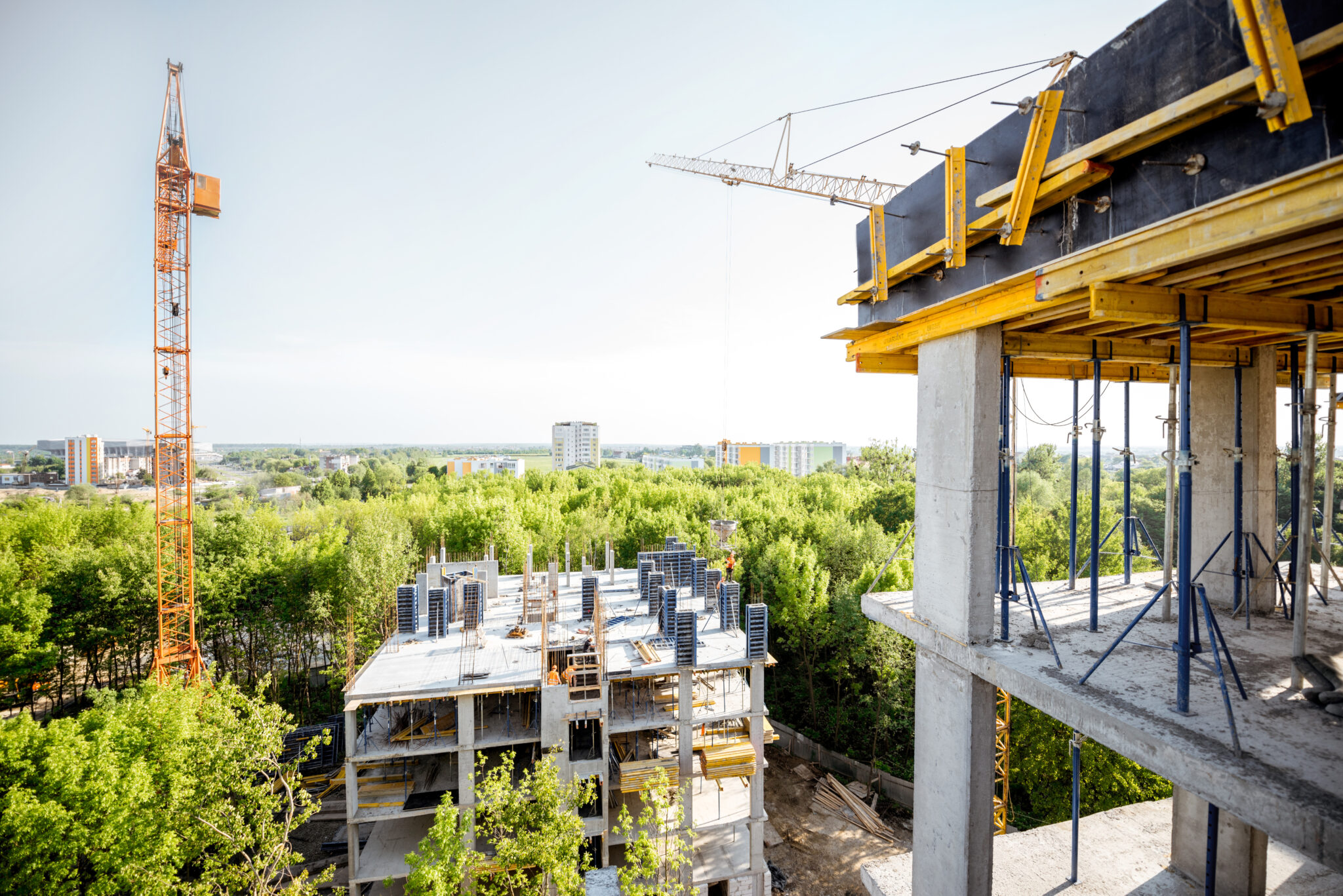A number of articles have recently been published on the various applications and benefits of using light-weight concrete. Lightweight concrete is characterized by concrete whose density is lower than that of normal concrete which has a density of approximately 2200 kg/m3 or 140 lb/ft3 and carries with it a number of advantages in its use. Such gains are that of improved structural efficiency, improved constructability, ease of transport, quick production as well as ease of renovation and repairs, better thermal insulation and more.
SmartRock® Long Range Savings for Big Projects
Though lightweight concrete is advantageous in a number of scenarios, there are situations that call for higher-density or heavyweight concrete mixtures. Offshore, applications for high density concrete include gravity-based structures, ballasting for floating wind constructions, coastal protection, anchors for wave and tidal devices and concrete weight coating for pipelines. In civil engineering and construction industries, high density concrete is also used as counterweights, for radiation shielding, underground garages, thermal heating and bridges.
Contractors of the Crossrail track slab construction project in London, UK, has a yet another benefit in mind – namely that of limiting sounds and vibrations from disrupting businesses above the track.
The track slab construction that is taking place from Bond Street station through to Farrington station resides underneath a business section that includes recording studios and so noise and vibration are of particular concern. As a means of mitigating these noises and vibrations, London Concrete has provided contractors who are installing the track project a dense concrete solution.
The mixture for this project contains MagnaDense, which is an aggregate that is around twice as dense as normal aggregate. MagnaDense, developed by LKAB Minerals, is a natural aggregate manufactured from the iron oxide Magnetiteis and is formed of black ferrimagnetic natural iron oxide (Magnetite). It is mined in Kiruna and Malmberget in northern Sweden.
Over the course of 12 months, the technical team at London Concrete went through an extensive trial process which included both laboratory and plant trials, culminating in a full pumpability trial of the final mix design. Due to the complexity of this concrete mix and its components, a dedicated plant has been set up at Battersea for the duration of the contract which is scheduled to be completed in 2017.
Sources: http://www.lkabminerals.com/Industry-uses/Heavy-weight-concrete/
http://www.theconstructionindex.co.uk/news/view/dense-concrete-dampens-crossrail-noise







